THIS CONTENT IS BROUGHT TO YOU BY NTNU Norwegian University of Science and Technology - read more

Warriors’ down bedding could ease their journey to the realm of the dead
This may well be the most interesting story about pillows and bedding you will ever read.
The burial field in Valsgärde outside Uppsala in central Sweden contains over 90 graves from the Iron Age.
“On a light note, we could say that Valsgärde is Scandinavia’s answer to Sutton Hoo in England as portrayed in the film The Dig on Netflix,” Birgitta Berglund says. She is professor emeritus of archaeology at the NTNU University Museum.
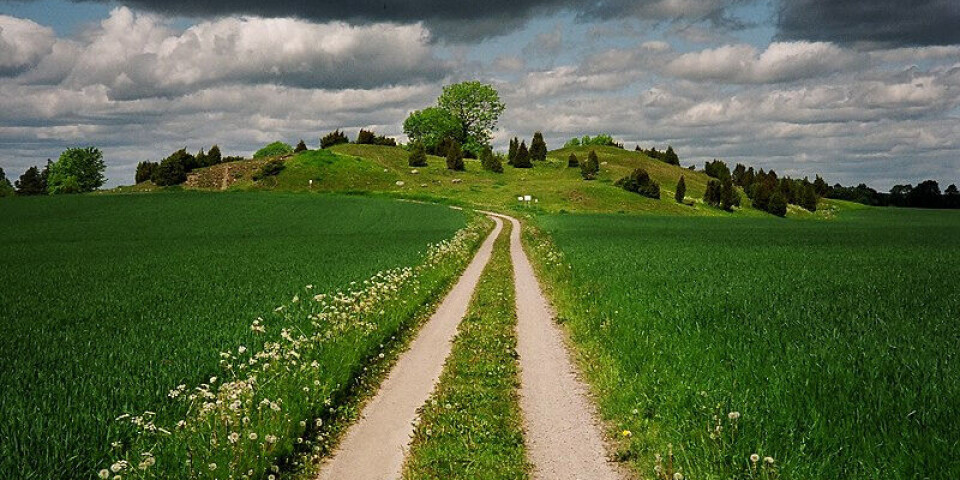
Valsgärde is especially known for its spectacular boat graves from the 600s and 700s CE. This timeframe is in the middle of what Norway calls the Merovingian period, the era just before the Viking Age.
Two of these spectacular boat graves are at the centre of this story – or more specifically, the down bedding that was found in the graves are.
When researchers from NTNU investigated the origin of the feathers in the bedding, they made a surprising discovery that provides new insight into Iron Age society.
Rowing to the underworld
The boats carrying the two dead men were about 10 metres long, with room for four to five pairs of oars. Both wereequipped as high-ranking warriors, with richly decorated helmets, shields, and weapons. Provisions and tools for hunting and cooking were also included for their last voyage.
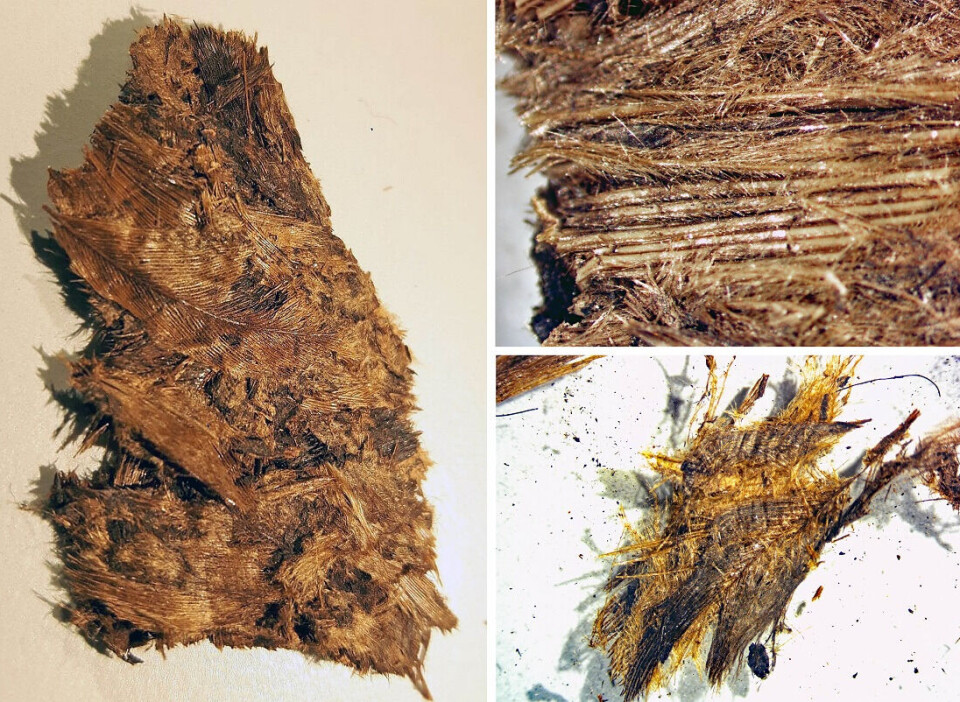
In one grave, a Eurasian eagle owl (Bubo bubo) had been laid, with its head cut off. We’ll return to that. Horses and other animals were arranged close to the boats.
“The buried warriors appear to have been equipped to row to the underworld, but also to be able to get ashore with the help of horses,” Berglund says.
Beauty sleep was also taken care of in death. Under the two warriors were several layers of down bedding. Their contents probably had a greater function than simply serving as fillers.
Feathers with ritual significance
You might have thought of down bedding as a modern concept, and indeed, they only became widespread in more recent times. The down bedding in the graves at Valsgärde are the oldest known in Scandinavia, indicating that these two buried men belonged to the elite of society.
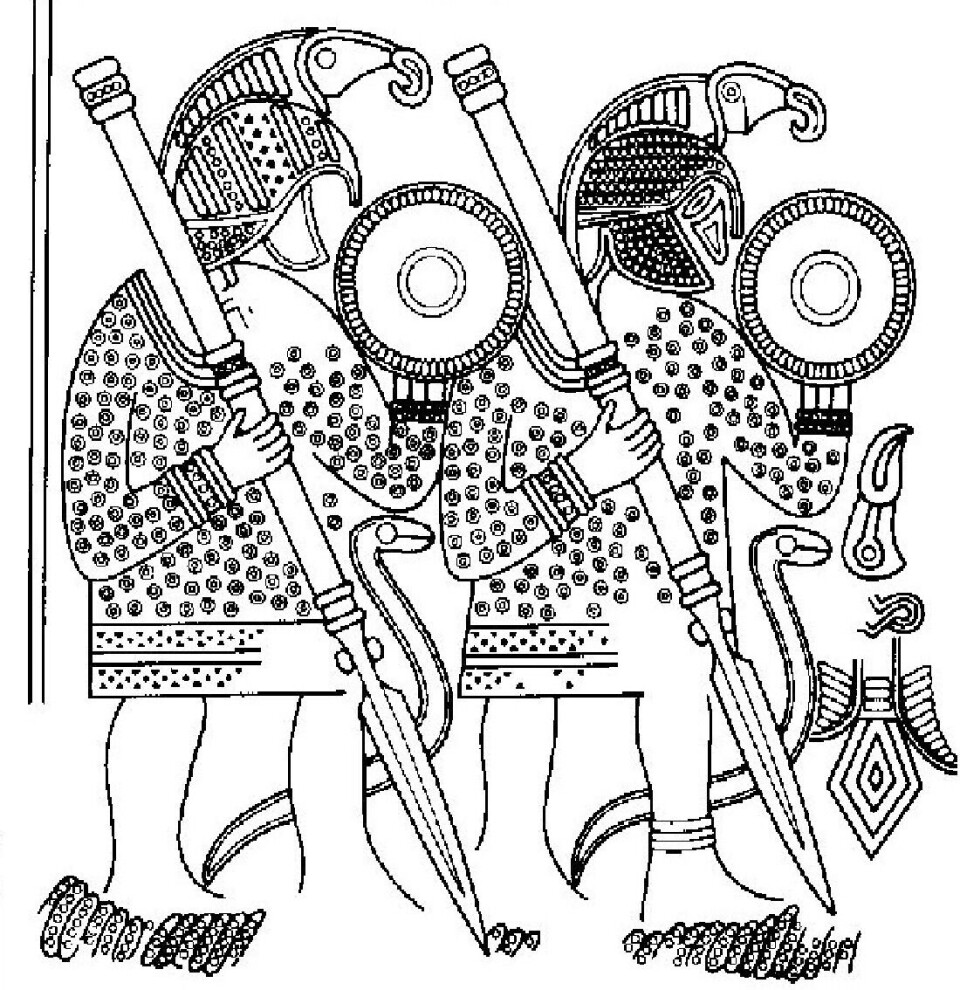
"Wealthy Greeks and Romans used down for their bedding a few hundred years earlier, but it was probably not until the Middle Ages that it became more commonly used by wealthy people in Europe," Birgitta Berglund says.
Berglund has been researching down harvesting in Helgeland coastal communities in southern Nordland county for many years, where people commercialised down production early on by building houses for the eider ducks.
The theory was that down from this location might have been exported south, so Berglund wanted to investigate whether the bedding at Valsgärde contained eider down.
“It turned out that a lot of kinds of feathers had been used in the bedding at Valsgärde. Only a few feathers from eider ducks were identified, so we have little reason to believe that they were a commodity from Helgeland or other northern areas,” Berglund says.
However, she was not disappointed by this discovery. The wide range of species provided researchers with unique insights into the bird fauna in the local area in prehistoric times and people's relationship with it.
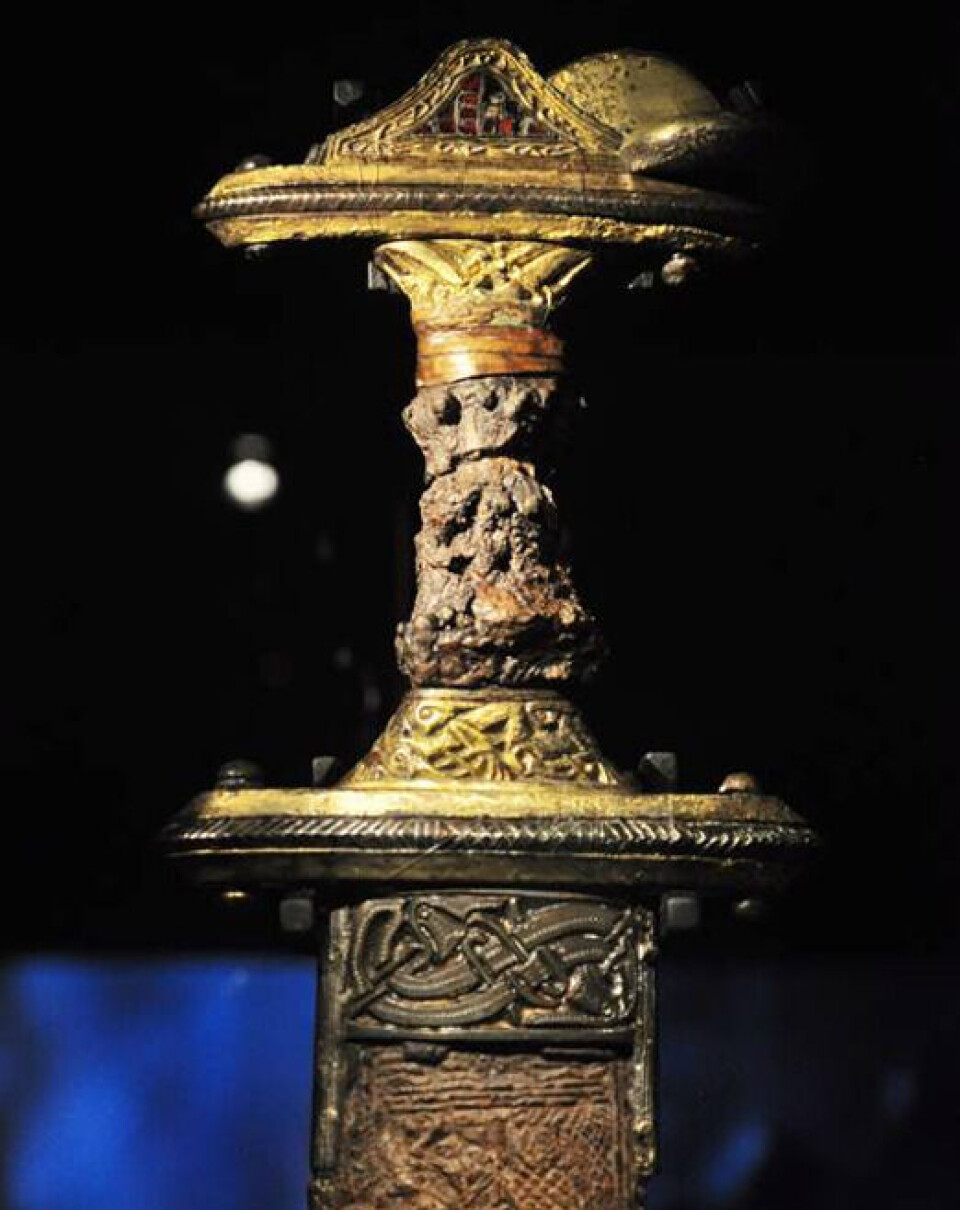
“The feathers provide a source for gaining new perspectives on the relationship between humans and birds in the past. Archaeological excavations rarely find traces of birds other than those that were used for food,” the researcher says. “We also think the choice of feathers in the bedding may hold a deeper, symbolic meaning. It’s exciting!”
Wrong feathers prolonged the death struggle
Berglund explains that according to Nordic folklore, the type of feathers contained in the bedding of the dying person was important.
“For example, people believed that using feathers from domestic chickens, owls, and other birds of prey, pigeons, crows, and squirrels would prolong the death struggle. In some Scandinavian areas, goose feathers were considered best to enable the soul to be released from the body," she says.
These are well-known folk traditions that have been collected from the 18th century onwards. However, they may have their roots in prehistoric times.
In the Icelandic saga of Erik the Red, they placed a pillow stuffed with feathers from domestic chickens on the seat where a visiting female shaman would sit at Heriólfsnes in Greenland. The saga is believed to have been written in the 13th century but deals with events around the year 1000, the researcher explains.
Bedding contained feathers from several species
“The examples show that that feathers in the bedding from Valsgärde most likely also had a deeper meaning than just serving as a filler. It is well known that birds could have a special significance in gathering information in shamanism. Think of Odin's two ravens, Hugin and Munin," Bergland says.
Exactly what ritual function the feathers at Valsgärde had is not easy to determine. However, the bedding contained feathers from geese, ducks, grouse, crows, sparrows, waders, and perhaps most surprisingly, eagle owls.
Biologist Jørgen Rosvold, now employed at the Norwegian Institute for Natural History (NINA), identified the species of the feather material.
“It was a time-consuming and challenging job for several reasons. The material is decomposed, tangled, and dirty. This means that a lot of the special features that you can easily observe in fresh material has become indistinct, and you have to spend a lot more time looking for the distinctive features,” Rosvold says. “I’m still surprised at how well the feathers were preserved, despite the fact that they’d been lying in the ground for over 1,000 years.”
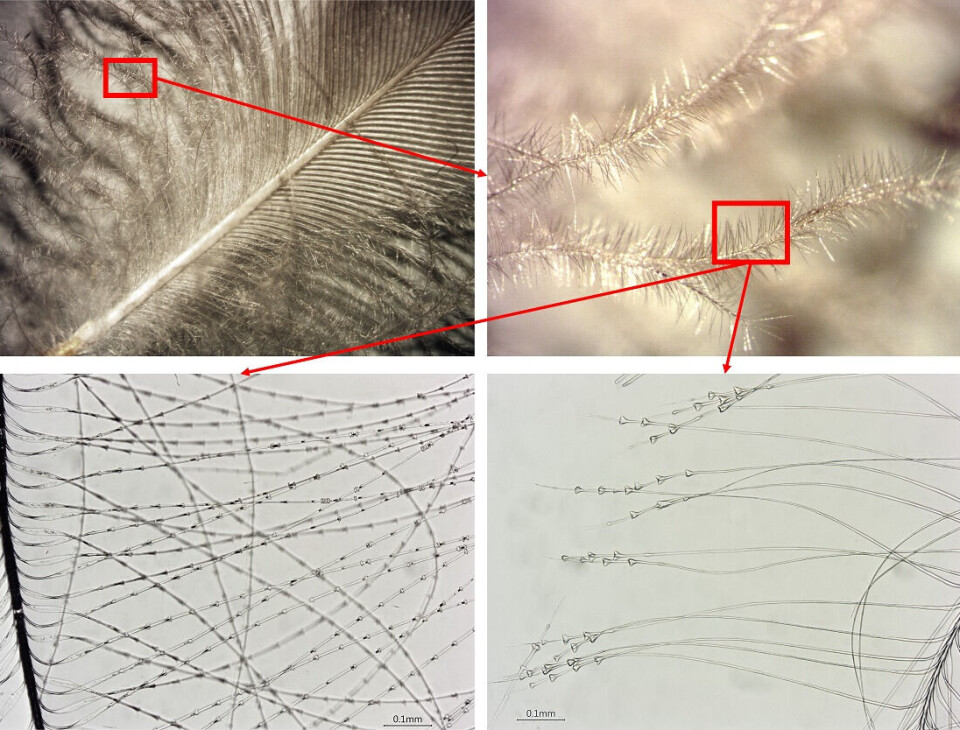
A beheaded owl
Feathers in the down bedding were not the only interesting bird findings in the graves. One of the graves also contained a headless owl.
“We believe the beheading had a ritual significance in connection with the burial,” Birgitta Berglund says.
From more recent graves, we know that measures have been taken to prevent the buried from returning from the dead, and it is easy to imagine that this was also done further back in time.
In Viking Age graves, swords were sometimes intentionally bent before being placed in the grave. This was probably done to prevent the deceased from using the weapon if they were to return.
“It’s conceivable that the owl’s head was cut off to prevent it from coming back. Maybe the owl feather in the bedding also had a similar function? In Salme in Estonia, boat graves from the same period have recently been found that are similar to those in Valsgärde. Two birds of prey with severed heads were found there,” Berglund says.
(Video: Norwegian SciTech News / YouTube)
Reference:
Berglund, B. & Rosvold, J. Microscopic identification of feathers from 7th century boat burials at Valsgärde in Central Sweden: Specialized long-distance feather trade or local bird use?, Journal of Archaeological Science: Reports, vol. 36, 2021. DOI: 10.1016/j.jasrep.2021.102828
More content from NTNU:
-
Forever chemicals affect ducklings' genes while they are still in the egg
-
Why are pregnant women in Norway so worried?
-
Politics on Facebook: Populist parties choose divisive issues on purpose
-
Social media is connected to cyberbullying – but not how we thought
-
Forskere ved NTNU får nesten 24 millioner av EU for å lage nye strømomformere
-
This helps the youngest children enjoy school more





































